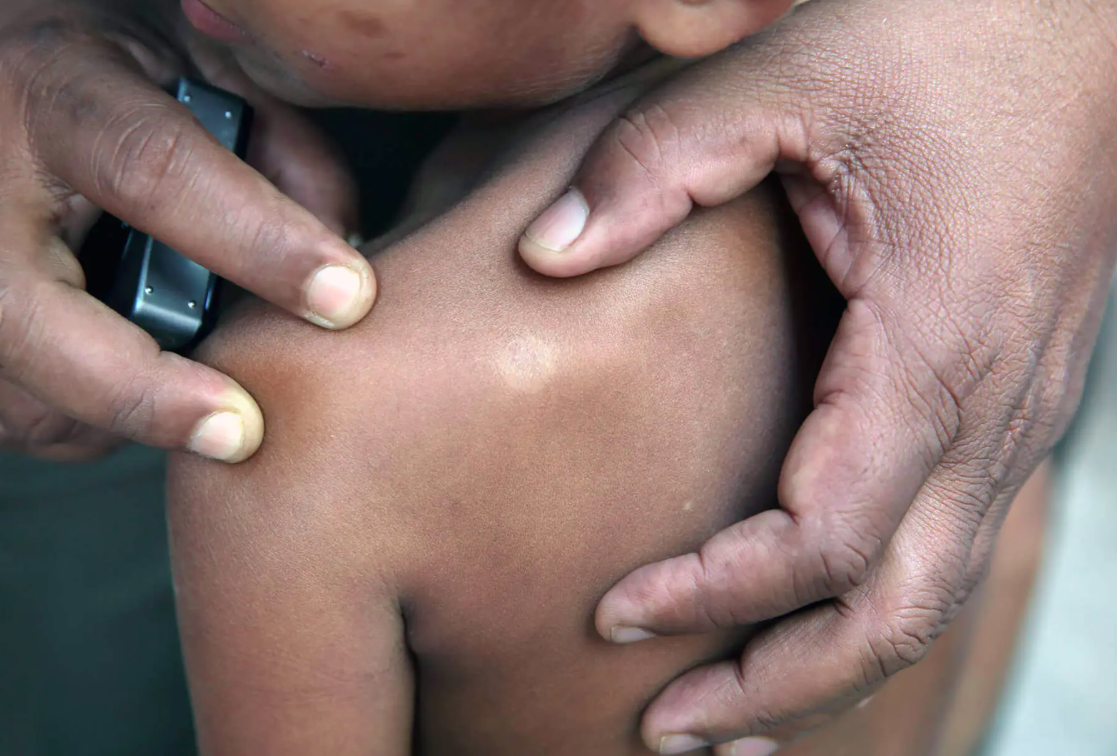Leprosy, also known as Hansen’s disease, is a chronic infectious disease caused by Mycobacterium leprae. It primarily affects the skin, peripheral nerves, mucosa of the upper respiratory tract, and eyes. If left untreated, leprosy can lead to permanent disabilities and social stigmatization.
Historical Context of Leprosy in Nigeria
In the pre-independence era, Nigeria faced a significant leprosy burden, with prevalence rates exceeding 20% in certain regions. For instance, a 1939 report highlighted that the Owerri Province had one of the highest incidences globally, with approximately 7,000 individuals affected in a single division. Recognizing the severity, organized leprosy control initiatives commenced in 1926, marking the beginning of structured efforts to combat the disease in Nigeria. Leprosy ReviewLeprosy HistoryResearchMap
Current Prevalence and Treatment Challenges
Despite global advancements, leprosy remains a public health concern in Nigeria. The country reports over 1,000 new cases annually, underscoring the need for sustained intervention. However, the nation recently faced a significant setback: a year-long shortage of Multi-Drug Therapy (MDT) medications, the cornerstone of effective leprosy treatment. This shortage, attributed to bureaucratic delays and stringent testing protocols, left over 3,000 patients, including 800 children, without essential treatment. Leprosy Mission Australia+3Reuters+3Daily Trust+3Daily Trust+1Leprosy Mission+1
Consequences of Treatment Interruptions
The interruption in MDT supply has had profound implications: Leprosy Mission Australia
-
Increased Transmission Risk: Untreated individuals remain infectious, facilitating the continued spread of leprosy within communities.
-
Progression to Disabilities: Without timely treatment, patients are at a heightened risk of developing severe complications, including blindness and paralysis. Reuters
-
Social Stigmatization: The visible manifestations of untreated leprosy can lead to discrimination, further marginalizing affected individuals.
Essential Medications for Leprosy Treatment
The World Health Organization recommends MDT for leprosy treatment, which includes:
-
Rifampicin: An antibiotic effective against Mycobacterium leprae.
-
Clofazimine: An anti-leprosy agent that helps reduce inflammation.
-
Dapsone: An antimicrobial and anti-inflammatory medication.
This combination therapy is provided free of charge globally, aiming to reduce the disease burden and prevent resistance.
Strategies to Address the Current Crisis
To mitigate the challenges posed by the recent MDT shortage, the following measures are essential:
-
Streamline Drug Procurement Processes: Simplify bureaucratic procedures to ensure timely acquisition and distribution of medications.
-
Enhance Surveillance and Reporting: Strengthen health information systems to promptly identify and address supply chain disruptions.
-
Community Engagement: Educate communities about leprosy to reduce stigma and encourage early treatment seeking.
-
Capacity Building: Train healthcare workers to recognize and manage leprosy effectively, ensuring quality care at all levels.
-
International Collaboration: Partner with global health organizations to secure resources and technical support for leprosy control programs. Daily Trust+3Leprosy Review+3Devex+3
Conclusion
Leprosy continues to pose challenges in Nigeria, exacerbated by recent treatment shortages. Addressing these issues requires a multifaceted approach, combining efficient healthcare delivery, community involvement, and robust policy frameworks. By implementing these strategies, Nigeria can move closer to eliminating leprosy as a public health concern and ensuring a better quality of life for those affected.
Last Updated on March 21, 2025 by kingstar





